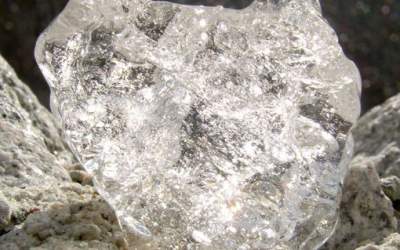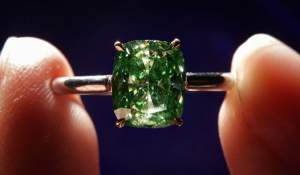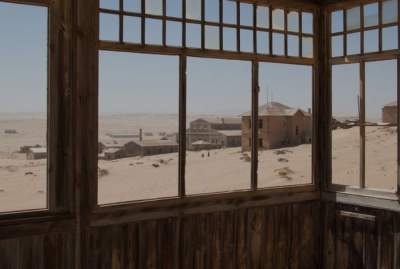 Kolmanskop – deserted town in the Namib desert in southern Namibia.
Kolmanskop – deserted town in the Namib desert in southern Namibia.
In southern Namibia, is a Ghost town Kolmanskop, which once was a thriving town of diamond miners.
At the beginning of the last century it was one of the richest cities of the German South-West Africa (former name of Namibia), which was concentrated 10% of the world diamond production. 60 years ago the city was abandoned and fell into disrepair. With today’s appearance Kolmanskop we will introduce in this post.
In 1882, the German trader Adolf Luderitz bought the leader of a local tribe small section of the Namibian coast and founded a settlement, which was named after himself — Luderitz. At the beginning of 1884 he asked for protection for their settlement from the German Chancellor Bismarck. Nearby on the coast is already being hosted by the British and Luderitz feared a British invasion. Then from Germany to the Namibian coast arrived a couple of military ships, and as a result, the country now called Namibia became German South-West Africa. The British from time to time did not mind. Followed by the settlers, appeared industrial companies, appeared to colonial troops. Luderitz between the coast and the towns within the country was the railroad.
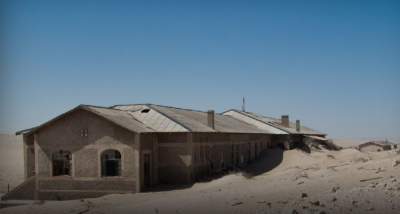
In 1908 the railway worker Zacharias Lewala found in the sand near the railroad tracks an unusual stone. Head of Lively, foreman, Stauch, part-time mineralogist-lover, requested that his staff informed him about the interesting finds, so the worker brought the stone to him. Stauch, consulted with his friend, a mining engineer, and he confirmed that it is diamond. Then the two friends bought the right to extract minerals on the territory of 75 square kilometers, and then announced the discovery. After a few years both became millionaires.

Future life August Stauch was not easy. After enrichment, he invested in various projects and companies in Germany and in Africa, seeking to increase the condition. However the Great depression brought him almost complete ruin. But, Stauch didn’t kill myself and not left in the bout, but instead I became interested in astronomy and physics, and even tried to prove the inconsistency of the theory of relativity. He now earned a living by farming. In 1938 failing health forced Stauche to return to Germany where he entered the University of Breslau (now Polish Wroclaw) and spent almost all the remaining years of his life as a student. Stauch died in 1947 in poverty.
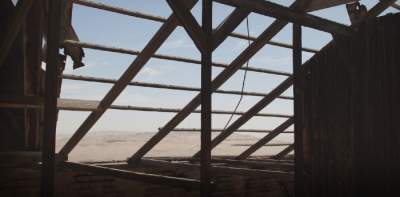
But that was then, and in 1908 in the African desert pushed those wishing to get rich: started the diamond rush. About ten kilometers from Luderitz, near the railway, where it was discovered first diamonds, was founded the city of miners, later called Colmans?p. In Afrikaans it means “Coleman’s hill” — the name of the local attractions of the hill on top of which a John Coleman in 1905 he abandoned his truck, caught in a sand storm. The skeleton of a truck stuck in the sand and stood there for a few decades.
The city had only two streets — one was standing houses, the other was located in public buildings: hospital, shop, post office, bakery, slaughter-house, with smokehouse, a club with a restaurant, bar and library and even a concert hall. Church in Kolmanskop was not, but every two weeks German settlers went ten miles away to serve in one of the churches nearby Luderitz.
Kolmanskop quickly became one of the richest cities of Namibia. As the town stood in the middle of the desert, all the necessary, including water, had to be imported. But the local administration didn’t stint on costs: citizens lived not just good, but downright luxurious. The city came first in South Africa tram-tram, in 1911, all the buildings of the city, including in private homes, was electricity. Fresh water was first brought all the way from Cape town, but after a while began to receive desalinated water near Luderitz. The city had its own factory for the production of ice, which froze in metal cylinders, and every day — on the tram — transported home. In Kolmanskop brewed his own beer, made soda water, lemonade, and sausage. In the city in the desert growing roses and eucalyptus trees.
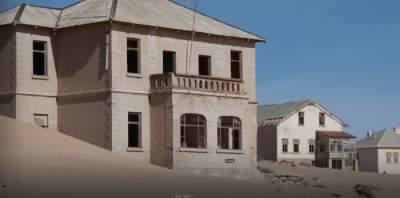
Residents Kolmanskop was so rich that it could have from Europe for Opera and theatrical troupes. In the room of the concert hall, in addition to the stage space, was equipped with a gym and a bowling alley. City hospital can boast of the latest achievements of the technology. It one time practiced two doctors whose approach to the treatment of disease differ radically. One of them is daily prescribed to patients caviar and champagne to improve the tone, the other believed in the miraculous power of finely chopped onion that he ate it every day for Breakfast and the same was prescribed to their patients.
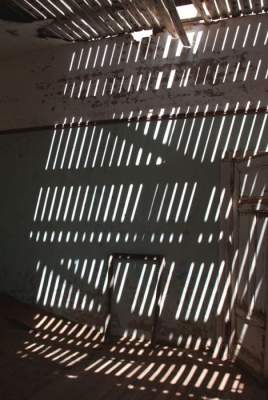
Before the First world war in Kolmanskop was found about five million carats of diamonds (that’s about a ton of stones). But with the war everything changed. Mining in Kolmanskop reduced to a minimum, because the diamond was nowhere to sell due to the decline that gripped the industry in Germany. The situation is used, the head of the South African company De Beers. He bought shares of German companies and founded the company “Consolidated diamond mines”, the CDM, which gained control over diamond-mining companies of Namibia. In 1915, the former British colony of southern Africa (now South Africa) occupied Namibia, and the German rule in this country came to an end.
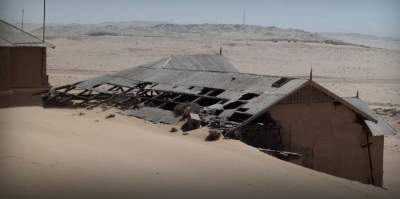
Kolmanskop, however, and after the war continued to grow and prosper. In the late 1920-ies in the town lived 344 white settler (300 adults and 44 children) members of the administration of the enterprise, engineers, doctors. Directly diamond mining was doing 800 local workers, each of whom signed two-year contract. Workers lived separately, and in the course of the contract they were forbidden to communicate with the outside world. At the end of the contract all the workers were forcibly placed in quarantine barracks, where during the week were forced to take a strong laxative — castor oil. The toilets in the barracks were equipped with nets to hold came naturally diamonds, swallowed most enterprising workers. The development of modern technologies has allowed to reduce the consumption of castor oil. Kolmanskop appeared in the x-ray machine (the first in South Africa), which shone the workers at the end of the contract; now laxative stuffed only selected “lucky”.
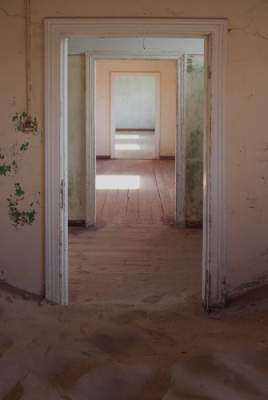
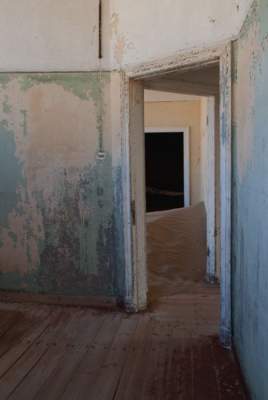
In 1928, on the banks of the Orange river, 270 kilometers from Kolmanskop another one was found the richest diamond Deposit (it is developed so far). At the same time with Kolmanskop diamonds were found less. In 1936, after the great depression, began the development of fields in the Orange river. Kolmanskop residents began to move to a new place, and after a few years there and moved the administration of the CDM. For some time the city served as a warehouse and transit point for shipments of mining equipment, but it soon became clear that the goods are easier to bring from South Africa. In 1956, the hospital Kolmanskop was closed and the last residents left the once-thriving city.

In 1980, De Beers organized the Ghost town Museum. In the house, where in the beginning of the century was a store and lived its owner, one of the wealthiest residents of the town (sometimes the miners were paid for the groceries, diamonds), recreated the situation of the white settlers Kolmanskop. In a former concert hall reconstructed the alley and the stage. Today Kolmanskop you can meet a few of the Museum staff, the ubiquitous tourists, beetles and sand vipers. To imagine what this city was in its heyday, is almost impossible.

